#lymantria dispar
Text



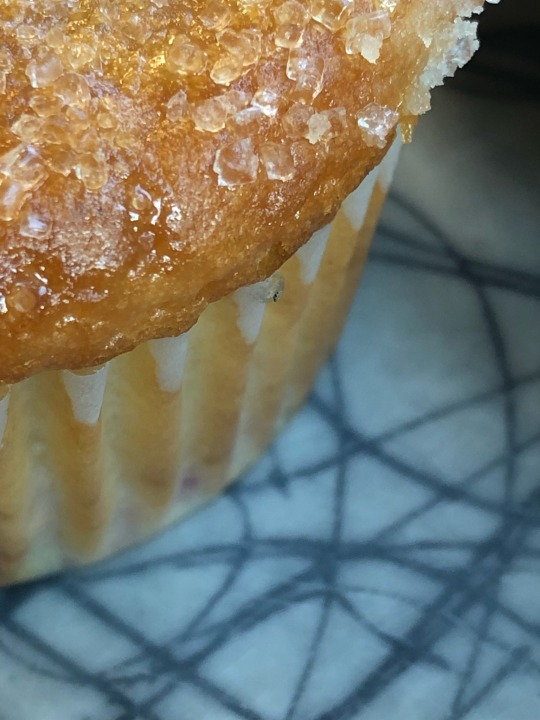
@chehukyu submitted: also sharing some lil guys hanging around my uni dorm commons, idk if any photos are good enough to ID but they’re in [removed] (pls remove :) ) just in case. i know theyre moths and a jumping spider tho :)
The moths are possibly male spongy moths, but hard to tell for sure from those photos. The jumper is too small for me to ID but it is very cute!
#arachnids#bugs#spider#submission#animals#insects#moth#Lymantria dispar#spongy moth#maybe#jumping spider
62 notes
·
View notes
Text
Lymantria dispar, gypsy moth
youtube
8 notes
·
View notes
Text



Schmetterlingskunde: Schwammspinner samt Eiern, Larven und Puppen
#lepidoptera#schwammspinner#zentralfriedhof#vienna#wien#urban nature#wildes wien#wild vienna#urban wildlife#schmetterlinge#schmetterlingskunde#butterfly#timelapse#8.8.2005#Lymantria dispar#gipsy moth
2 notes
·
View notes
Photo

【庭】マイマイガの終齢幼虫。見るからに兇悪なデザイン。
#マイマイガ#幼虫#終齢幼虫#庭#ピラカンサ#蛾#昆虫#Lymantria dispar#gypsy moth#moth#舞毒蛾#brudnica nieparka#gąsienica#イモムシ#イモ活#catapillar#insect#ćma#owady
3 notes
·
View notes
Text
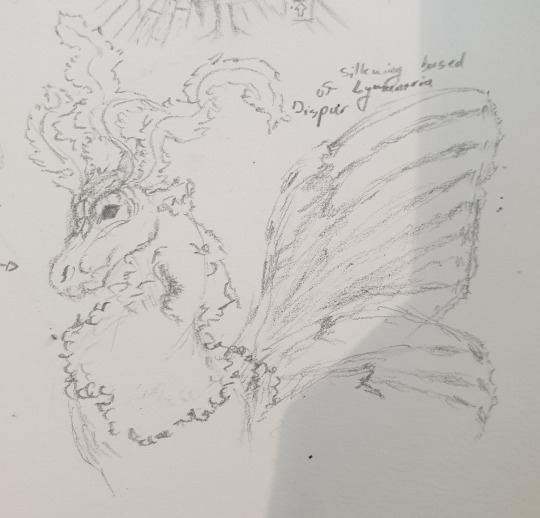
guess who's back into wof?
#what reading book 11 will do to someone#I love the new tribes designs but also. who doesn't benefit from a little bit more moth fluff#it says in the image but the design is based of Lymantria Dispar#they're super cool! it's one of my favorite moth species#silkwing#wings of fire#my art
4 notes
·
View notes
Text
On related note, a few years ago, the Entomological Society of America officially discontinued the use of "gypsy moth" and "gyspy ant" as common names for Lymantria dispar and Aphaenogaster araneoides. L. Dispar is now known as the "spongy moth," so named for the appearance of their eggs, but I don't think a new common name has caught on for the ant species yet.
These changes we brought about, in large part, by the advocacy of Romani people in academia. You might not think that bug names are a very serious issue, but I believe that language matters. These species became known as "gypsies" because their attributes were likened to certain stereotypes and negative perceptions of actual Roma, so the continued use of those names reaffirmed those negative associations in the public consciousness. Slurs and pejoratives can never be truly decontexualized.
In my mind, one of the biggest obstacles that Romani people face when we are trying to advocate for ourselves is a lack of recognition as a marginalized group that deserves the necessary consideration. Even for seemingly trivial matters, like bugs or comic book characters, the way that people talk about us-- and talk down to us, when we get involved-- is telling. So, I always think that changes like this are a win, because it means that people are willing to learn and grant us the dignity we deserve. And there's nothing wrong with wanting to effect change in your own field, even arts and science.
4K notes
·
View notes
Note
I DESTROY THE LIFE YOU SAVOR
KILLING YOU WITH PERFECT LASER
MORE I BLAST THE MORE I STRONGER
MORE I FIRE, BEAM GETS LONGER!
GIVE MY NEW ATTACK A TRY,
PENIS BLAST, YOU HAVE TO DIE!
String isolated:
T T A
G T CT A
AT T TG
, A GT G!
G ATTAC A T,
AT, A T !
Closest match: Lymantria dispar genome assembly, chromosome: 30
Common name: Spongy moth
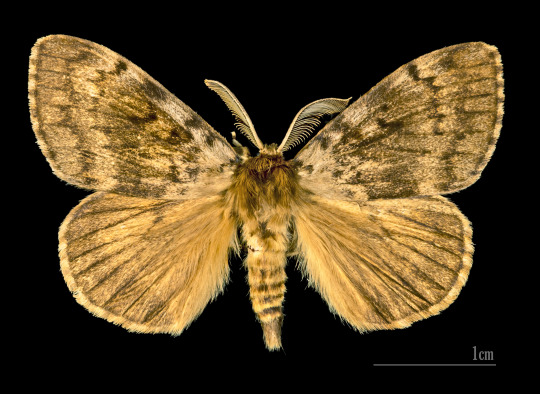
589 notes
·
View notes
Text


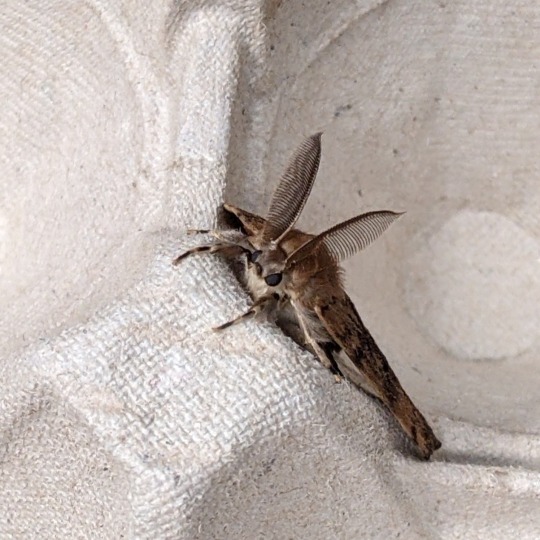
It's been too rainy for the moth-trap the past few days, so please enjoy this spongey moth (Lymantria dispar) that visited last year, with it's magnificent antenna & big round eyes. May we all have days of looking this fabulous.
This moth feeds on various trees, and can cause significant forestry problems in areas where it's been introduced by humans. (We're great at transporting species around the world, dropping them in areas outside their natural range, and then complaining about what they do there.)
Luckily for this particular moth, the species isn't listed as a pest or reportable in my area, so it flew on about its day. We don't see spongey moths every year in this part of the UK, so I enjoyed it's visit!
#motivational moth#bugblr#moth#moths#insect#insects#lepidoptera#nature#cool bugs#pretty bugs#cute bugs#cute moth#pretty moth#bug#bugs#garden wildlife#wildlife#entomology#moth trapping#moth trap#team moth#cw insects#cw bugs#cw moths
637 notes
·
View notes
Note
Could you do Spongy Moths? (I found out about them at summer camp because they are invasive in the area, which was in upstate New York.)
Moth Of The Day #119
Spongy Moth
Lymantria dispar
From the erebidae family. They have a wingspan of 40-90 mm. They tend to inhabit wooldland and forests. They can be found in Europe, Asia, Africa, North America and South America.


#moth#moths#lepidopterology#lepidoptera#pretty moth#nature#insect#bugs#moth of the day#motd#entomology#bugblr#insects#bug#erebidae moth#erebidae#spongy moth
279 notes
·
View notes
Text


Гусеница Непарного шелкопряда. Сaterpillar Lymantria dispar L.
#русский tumblr#россия#июль 2023#лето#природа#загородом#зелень#трава#гусеница#шелкопряд#макрофото#чернобелаяфотография#мои фото#russia#summer#july#nature#outdoors#greenery#grass#caterpillar#Lymantria dispar L.#nature photography#beauty of nature#my photos#original photography#photographers on tumblr#macrophotography#black and white photo
66 notes
·
View notes
Text
I made another amlien.
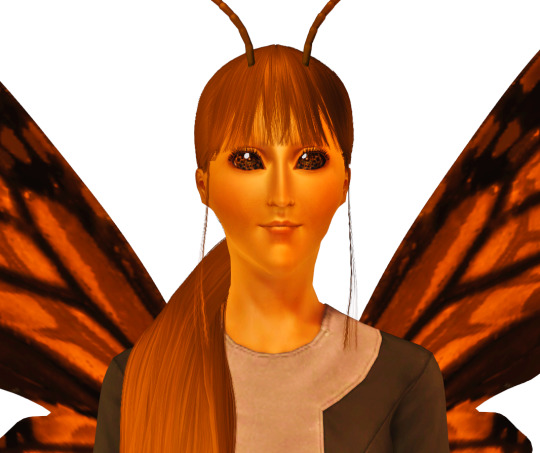


She is supposed to be a moth girl but the only accessory wings I could find were either dragonfly, butterfly, or obviously manmade. I went with butterfly wings. Some moths look like butterflies, right?
Anyway, her name is Lymantria Dispar. She's a computer whiz and a bot builder. There's nothing she can't build, fix, or hack.
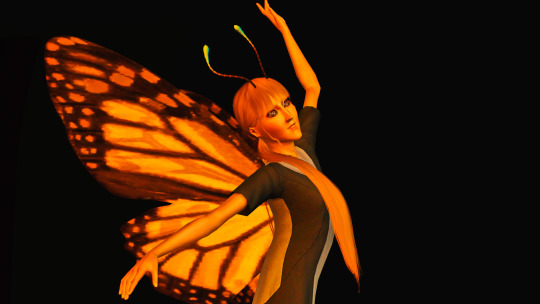

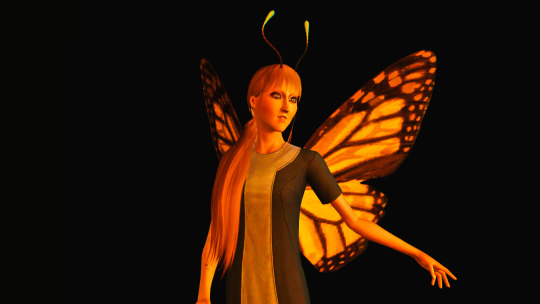
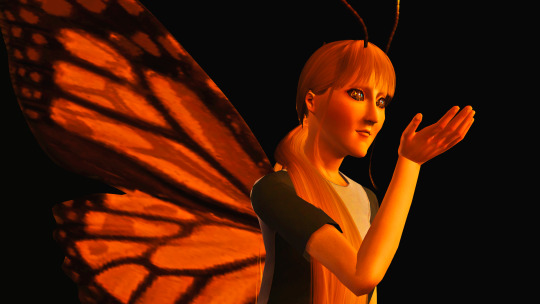

She looks kind of weird (by design) but I think she's very cute all the same. And her eyes look like jewels in certain lighting setups!

I promise you'll see why I've been making all of these soon...ish. It'll probably be worth it maybe. 👉👈
36 notes
·
View notes
Text
Lymantria dispar.

13.0.9.13.1 - 23.07.2022
20 notes
·
View notes
Text
FUCKING
FINALLY
OMFG I HAVE BEEN TRYING TO FIGURE THIS OUT SINCE NOVEMBER LAST YEAR
i figured out what species of moth i am
Lymantria Dispar aka Spongy Moth
everything i knew about my theriotype beforehand applies to it: how it looks, spins silk, found in Pacific Northwest, attracted to lights
literally me if you even care:
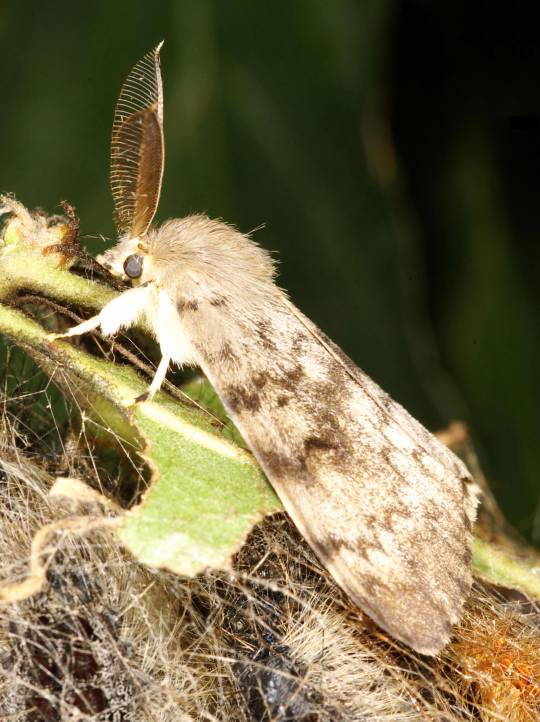




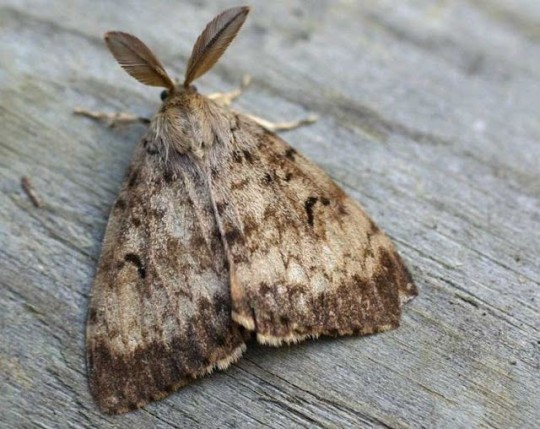

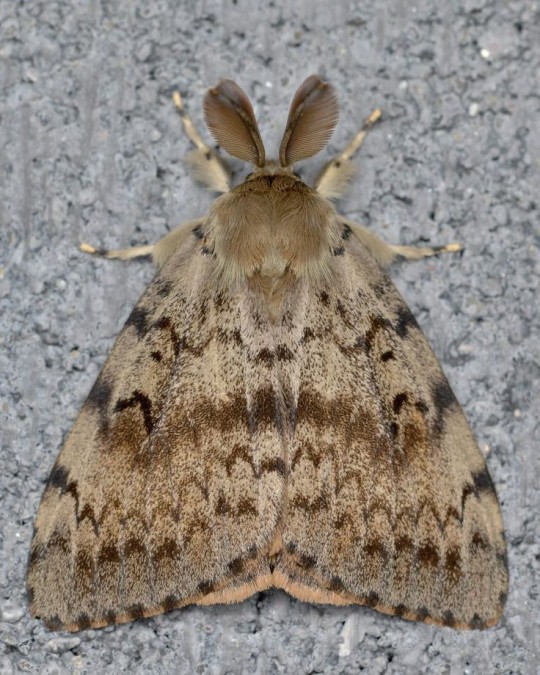

6 notes
·
View notes
Photo
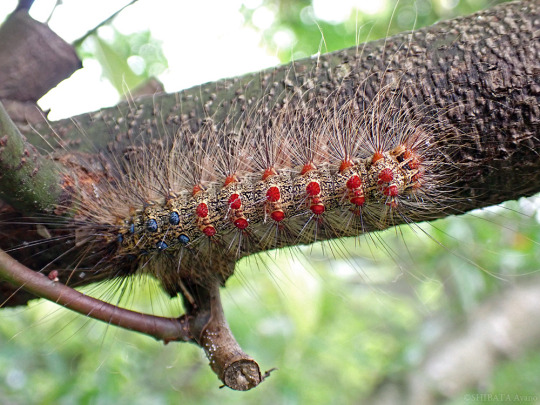
【庭】ピラカンサにいたカラフルで毛深いひとはマイマイガだったようです。
#マイマイガ#幼虫#イモムシ#毛虫#caterpillar#gąsienica#japan#庭#Lymantria dispar#Ocneria dispar#Porthetria dispar#Gypsy moth#larwa#larva#舞毒蛾#spongy moth#brudnica nieparka#garden#ogródek
2 notes
·
View notes
Note
Glad you liked the snowberry clearwing suggestion! Big flashy ones like a lot of saturniids are somewhat hard to come by here (one of the more notable instances I've been able to find is the time someone found a cecropia cocoon in the woods and it ended up on the news because nobody who saw it initially knew what it Was lmao), so we've got a lot of smaller, less distinct (or at least less well known) ones - That clearwing is probably the most unique of them, but there's some others that are relatively notable, I think!
We've got a few sphinx moths - While at the mall this past summer, I had an encounter with a lettered sphinx, namely one with a reddish spot on the back like the one in sighting 1347349 on butterfliesandmoths (dot) org, but I would argue the one that leaves the most impression after the clearwing is the white-lined sphinx! They're another one that's fairly commonly referred to as a hummingbird moth, despite not being closely related to the hummingbird hawk-moth of Eurasia - A lot of sphinx moths around here have similar sizes and flight patterns to hummingbirds and also tend to hover around flowers when feeding, so they're all largely lumped in as "hummingbird moths" by casual observers, but the white-lined sphinx is probably the one most commonly referred to as such.
Outside of the sphinx moths, a REALLY distinct family we have here are the plume moths - They have a frankly bizarre shape to them, with a long, thin body almost more resembling a dragonfly than a moth in shape, and long, thin wings near the front of the body, so that, when at rest, they form an almost T shape. There's a few different species here, but the most common one I've seen is the morning glory plume moth - There's usually one or two hanging out on my front door during the warm months at night! Weird little dudes, they give me robber fly "what the fuck is that??? what IS that?????" vibes.
As far as smaller, less distinct moths go, there's a few here that are better known for their status as caterpillars than the moths themselves - We have both Isabella tiger moths and Virginian tiger moths here, better known as the wooly bear and yellow wooly bear in their larval forms, respectively! There's also the American dagger moth, which has a rather nondescript appearance as an adult, but a very distinct one in its larval form! As caterpillars, they've got a very dark face, and are covered in pretty vivid yellow yellow hairs, with a few black tufts that resemble spikes - There are some reports of skin irritation from their hairs, but they're seemingly non-venomous!
Another moth larvae that causes skin irritation, this time due to their hairs being toxic to humans, is the brown-tail moth! They're not native to the US, but there is a population in New England after they were introduced, and they've been particularly widespread where I live for the past decade - In 2018, the front wall of my then-workplace was absolutely COVERED in the adult moths, which are white with, as the name implies, brown tails (sometimes bordering on reddish). A few of them actually made their way into the building, and I brought them back outside - Interestingly, they lose the toxins in their hairs after they pupate, so adults don't cause a rash the way the caterpillars do! They used to be significantly more widespread through eastern North America, but they've declined for... not-fully-clear reasons, but one theory suggests that their population was suppressed by parasitic fly species introduced to counter ANOTHER introduced moth, the spongy moth (Whose scientific name is lymantria dispar! The name spongy moth is a relatively new one for it, so you may find more documentation using its scientific name than its common one. It was formerly known by another common name, but that name also happens to include a slur, so! I'm gonna make the choice to Not include that here 👍👍👍)! They've got some neat sexual dimorphism going on - In addition to the relatively common antennae size difference, males are a light brownish color, while females are a rather bright white with sort of rippled brown striping on the wings! I personally think the females stand out as more flashy than the males, which is neat to see, as someone who also gets a kick out of birds, where the opposite is often true - Usually in birds males are the ones with the more flashy plumage, or at the very least, females tend to have more spotted or mottled colorations in species with dimorphism, to help keep them more hidden while nesting. Even species with relatively little dimorphism beyond size tend to display this pattern - Common barn owls, for instance, can often be differentiated by spotting on the breast and the color of the feathering around the facial disc, where females tend to have heavier black spotting than males (whose breasts are often white with no spotting at all, though they get speckling occasionally) and also have darker facial disc feathers. (I follow an artist in the UK who has livestreams of the raptors that use the nest boxes in his garden, and he works alongside a rehabber who visits when their hatchlings get old enough - Some of the species he has are hard to differentiate even as adults by visual alone, but for barn owls, those are the standard ways of sexing owlets when they're getting their ID rings. But that's getting a bit off topic lol)
Anyway, the male spongy moths veer a bit in to LBJ territory, to borrow a birding term (LBJ stands for "little brown job" and is sometimes used by birders to refer to those fairly common brown birds that are difficult to distinguish - Trying to tell sparrows apart at a glance, for example), which is where a lot of the other moths here fall into. A lot of them aren't especially distinct, often various browns and greys - I'd say even that lettered sphinx I mentioned at the start probably falls into that territory if you're not as Normal About Bugs And Birds As Me. We do have one seemingly-LBJ moth that stands out off the top of my head, though - Amphipyra pyramidoides, or the copper underwing of the US (a distinct species from the copper underwing of the palaearctic), looks like a pretty unremarkable LBJ when its wings are folded up at rest, but as the name implies, the underwings have a distinct copper color that can be seen with their wings outstretched! Underwing moths have a bunch of species with that trait of colorful lower wings, highly recommend poking through them if you have a chance.
Anyway, that's a bit long, so TLDR: I'm Just A Touch Autistic and had a bit too much time at work with the snow this morning keeping customers away and yelling about moths is how I opted to spend the slow day, I suppose bfnfngmdngndn No pressure to read all of that if you haven't already, or to respond to it, naturally! I just get a kick out of cramming excessive amounts of words about bbugs (and bbirds) through my ISP's wires haha. Thanks again for the moths, and I'm glad to hear you're recovering well! And I gotta say, even if they're intended as a sort of quicker and easier, tiding things over while you're sick solution between the more detailed pieces (which are Very Good, for the record), I also love the ms paint moffs tbh. Iconic.
i don't know who you are anon but i love you thank you for putting an entire ass essay about moths in my inbox
i knew about a lot of these species (because i'm a nerd who does a lot of research about shit) but i didn't actually know about plume moths!! they look really cool, def gonna draw them at some point.
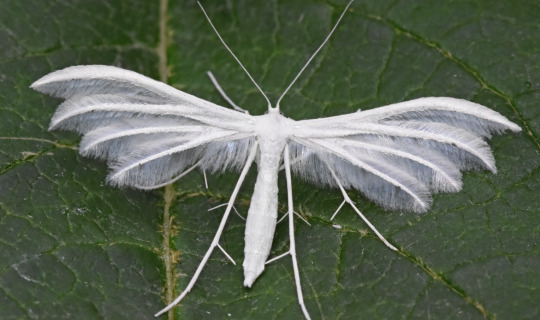
they remind me of like, dragon wings or bat wings
4 notes
·
View notes
Text

Dariusz Kucharski
Adult male of the gypsy moth (Lymantria
dispar). Poland.
29 notes
·
View notes